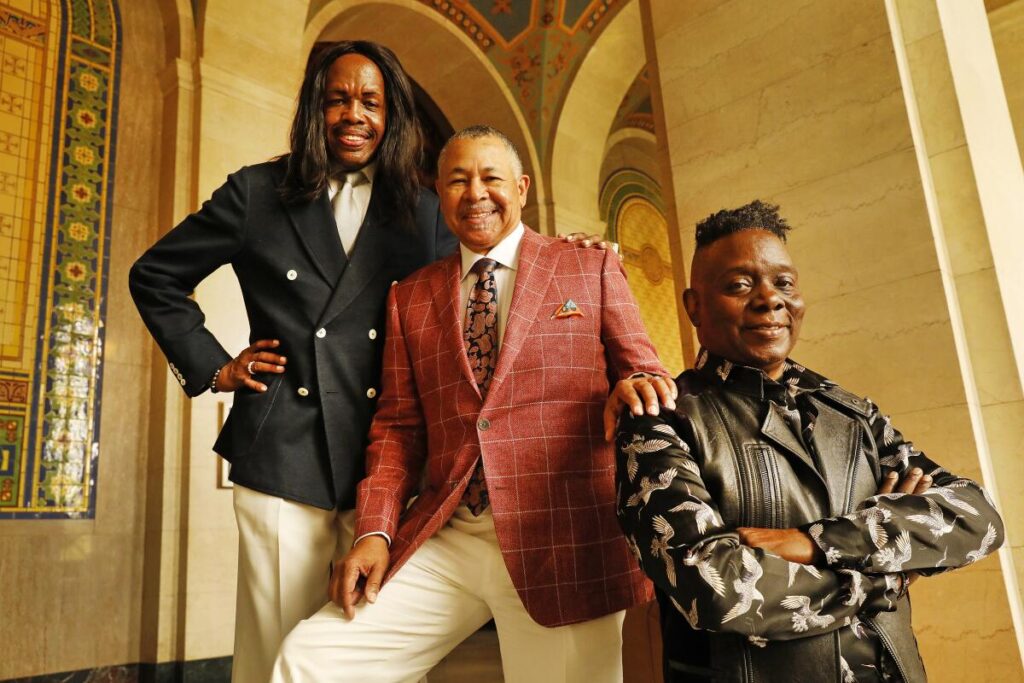
Pursuing a board position? We’ve written about interviewing with the search firm engaged to fill the open board seat, emphasizing that it’s essential to demonstrate that you “get” the board’s role and how it functions. The next stage of the process is meeting with the company.
Here’s what you need to know.
1. It may be a lengthy process.
Very few boards conduct searches with tight deadlines—quite the contrary. I’ve conducted searches in which the timeline to complete the search was a year. Because retiring board members give ample notice, or if a board is adding a new member, it may wish to consider a broad slate of diverse candidates. Additionally, the long process is simply a matter of logistics. Most board members and candidates don’t reside in a different city or where the company is headquartered. During my last board search, we flew the candidates and the nominating and governance (N&G) committee to New York for candidate interviews. Only one of the nine individuals lived in New York, the most central and easily accessible location.
Your first meeting with the company could be with one director or the chief executive officer. It will likely be with a group from the company’s N&G Committee. We have previously written about how to ace a search committee interview; however, there are some twists for the N&G Committee interview, which I discuss in the following points.
2. The basics.
Before you don your best suit or dressiest office attire, ask the search firm what the committee will be wearing. You will want to dress accordingly. Some candidates have gone to interviews in their most conservative suits only to find the N&G Committee dressed in khakis and golf shirts. On the other hand, one exceptionally self-assured candidate wore jeans to the interview, and the board members all wore suits. You want to avoid drawing attention to over- or under-dressing. Always ask and match your attire to those you meet.
3. Preparation.
In addition to reading the company’s financial documents, analyst reports, and regulatory filings, you must connect with the company’s “product.” Visit the stores, eat the food, etc. Who are you meeting? What is their tenure on the board? Take a step back and look at the board as a whole. Is it a long-tenured board? Is there frequent turnover? What apparent strengths does each member bring to the board? What are the company’s long-term plans? Where could you add value? Time spent reading the MD&A and management sections in the company’s 10-K and reading about the directors in its proxy statement. Knowing the responsibilities of directors according to the bylaws will be invaluable.
4. Striking the right tone.
As we have said, interviewing for a board position differs from interviewing for an executive role at a company. You do not need to discuss each position you have held throughout your career in granular detail, but give an overview of how you have increased earnings, introduced new products, restructured a company, led global expansions, etc. In short, reveal how you added value to the enterprises you’ve worked with.
5. Use your time wisely.
Assume you will be asked for a five-minute summary of your background. Avoid getting into the weeds. Highlight the strengths you bring to this board seat. For example, if a board is interested in you because of your turnaround experience, spend proportionately more time discussing that versus your experience taking companies public. If this would be your first board role, highlight your interaction with the boards of companies you have worked with.
6. Interviewing with a Nominating & Governance Committee.
The primary mistake many candidates make is to give concise answers. Making eye contact with each committee member when answering a question is also essential. It makes everyone feel included and allows you to assess body language, such as if you are talking too much or lacking interest in what you are saying. Don’t be afraid to say, “Please stop me if my answers are too long or you want more detail.”
7. Giving feedback on the company.
One question may be, “What is your opinion of our product, stores, strategy, or challenges?” Your answer will demonstrate how well you have done your homework. If there are weaknesses, you should point them out constructively and tactfully and balance them with positives. You will be assessed on how well you can give constructive feedback without being abrasive. Conversely, some candidates need to be more enthusiastic about gushing about a company and offering nothing but compliments. This can also be a disqualifier, as every company can improve in some area, and board members must be able to provide balanced feedback.
8. Your reasons for being a candidate.
We have addressed the issue of candidates understanding the role of a board member. But what should you not say? Your reasons for serving on a board should not be about you and what the position will add to your resume, career, or pocketbook. One board reported that a candidate wanted to retire in a couple of years and fill his time with board positions, hoping this would be the first. Instead, your motivation should be about how to add value and why the company has the product, challenges, or culture you identify with.
9. Ask questions.
Your questions are as important as your answers. Ask questions that demonstrate you understand the issues the board has faced or could face in the future. Ask questions that require answers from more than one board member, resulting in an in-depth discussion. Suitable candidates should be collegial and demonstrate critical thinking skills and business knowledge. Leave the committee thinking, “I could see her on the board. She seems like a good fit.”
10. Final thoughts.
Remember that the interview is a two-way street. Regardless of how much you covet that first board seat, the time commitment is too expensive if you feel uncomfortable with or align with the other board members.





























